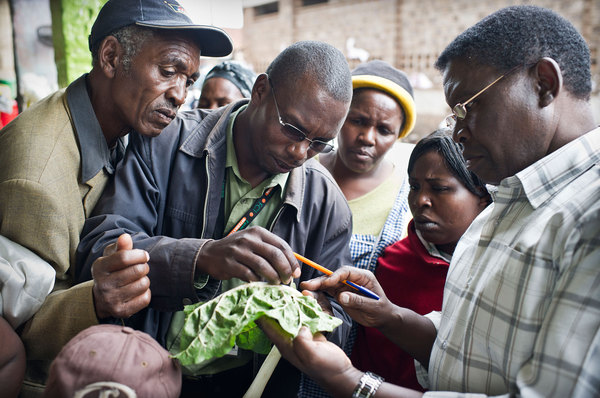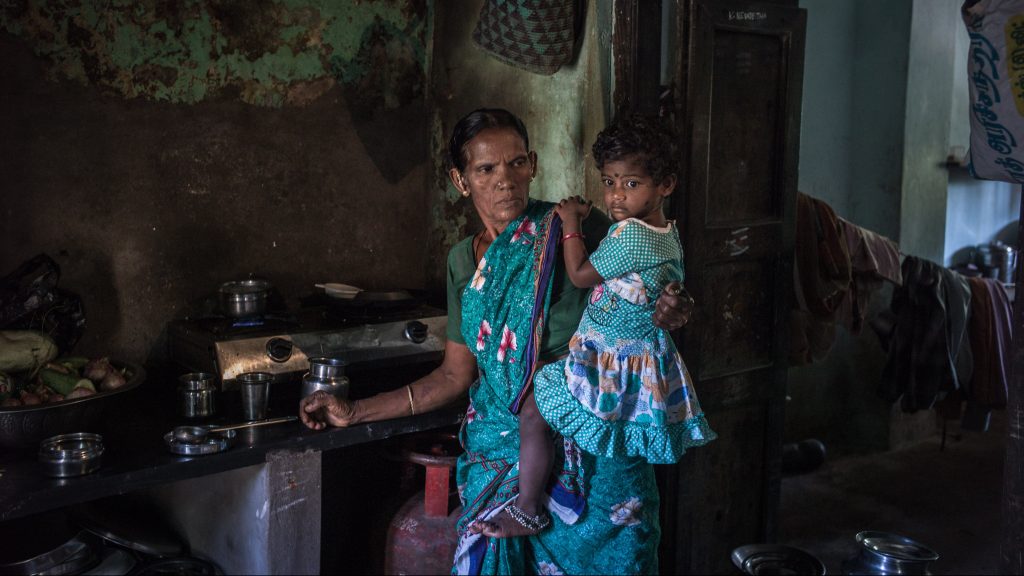Test your plant health knowledge with the plant doctor quiz
Plantwise plant doctors are at the heart of our plant clinic network providing advice and information to farmers, logging their data for the Plantwise Knowledge Bank, and always adapting to new outbreaks and technologies. Think you’ve got what it takes to be a plant doctor? Take our online quiz and find out!
Does gender affect how farmers use rural advisory services?
In an article recently published in The Journal of Agricultural Education and Extension, CABI authors set out to discover more about gender differences in access to rural agricultural information. The research was undertaken in Pakistan and found major gender differences regarding use and preference of agricultural information in relation age and literacy.
Investing in smallholder farmers for a food-secure future
Smallholder farmers provide the vast majority of the world’s food supply, and ‘small-scale farming’ is the largest occupation group of economically active people, 43% of which are women. Approximately 2 billion of the world’s poorest live in households that depend on agriculture in some form for their livelihoods, whether this is for market or subsistence.…
Making data digital in Pakistan
By Umair Safdar, Plantwise Pakistan Agriculture is increasingly knowledge-intensive with a continuing need to provide the right information to the people who need it most, making a real difference to their livelihoods. This ensures food security for the ever-growing population by providing the best possible remedies for crop health issues. Globally, rapid adoption of ICT…
Fostering knowledge and confidence to feed more
Globally, an estimated 815 million people go hungry each day. Without access to healthy food, they are chronically undernourished. Meanwhile, in spite of advances in agricultural technology, approximately 40% of the food grown annually in rural communities is lost to pests and diseases. People living with persistent hunger need and deserve a sustainable solution based…
From satellites to stem borers: using earth observation to forecast pest outbreaks
Globally, over 500 million smallholder farmers provide food for two thirds of the world’s population. With 40% of crops lost annually to pests, achieving zero hunger by 2030 depends on increasing the productivity of these smallholders. We already have weather forecasts, pollen forecasts and UV forecasts, but what if farmers had access to pest forecasts?




